The Outback Way has long held a mythical status among Aussie 4X4ers. Stretching over 2,700 kilometres from Laverton in WA through the Red Centre and out to Winton in Queensland, it’s often called Australia’s longest shortcut. For many, it’s been a rite of passage. Red dirt roads, endless horizons, the sort of driving where a well-set-up 4X4 feels completely at home.
But things are changing. After years of promises and piecemeal works, funding is locked in and the bulldozers are already rolling. By 2032, most of the route is expected to be sealed.
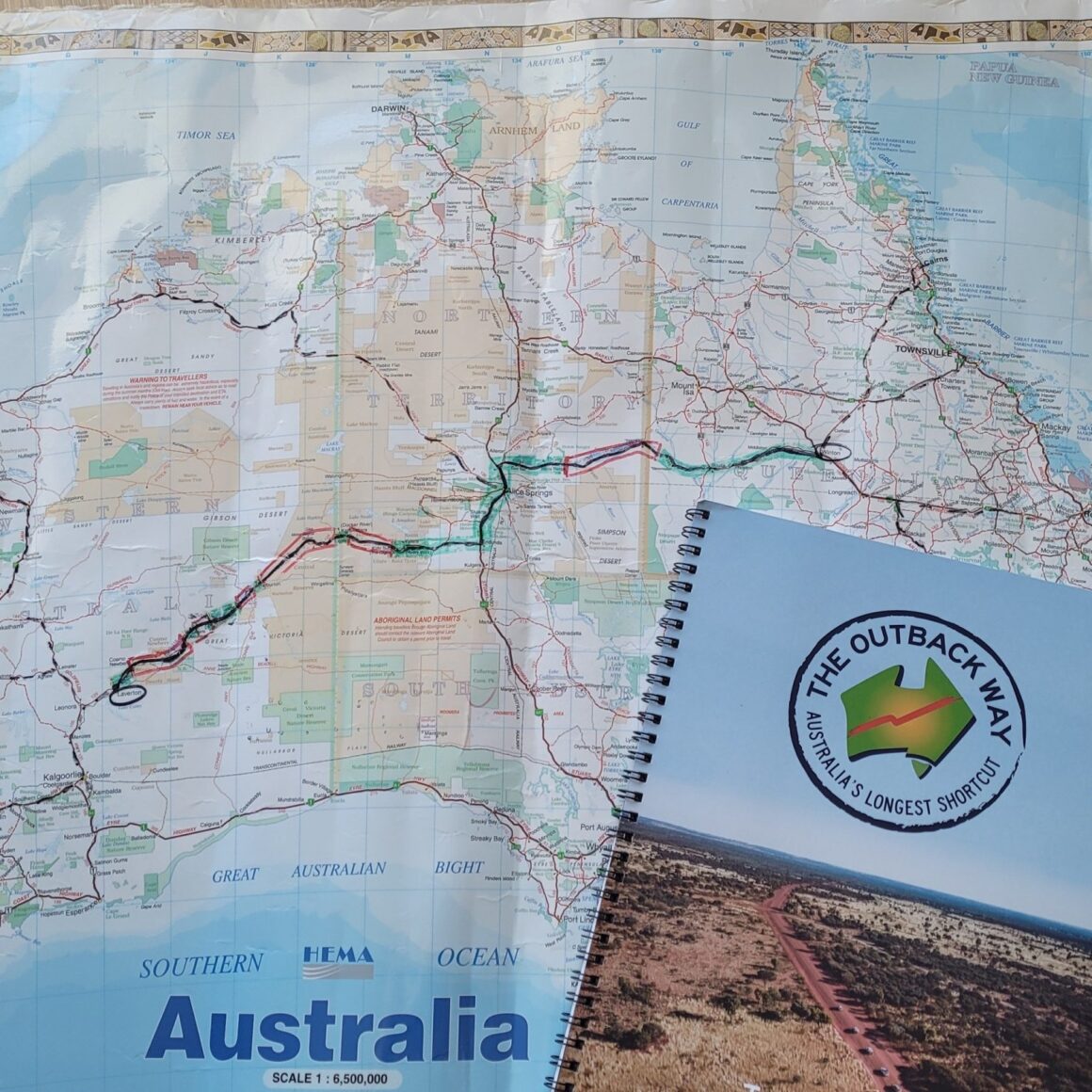
The Pros: What sealing delivers
For remote communities along the route, this is a lifeline. Sealed roads mean:
- Better access to services: Health care, education, and freight arrive faster, cheaper, and more reliably.
- Tourism boost: With bitumen replacing bulldust, the route becomes viable for caravans, SUVs, and even hire cars. That’s more wallets stopping at roadhouses, art centres, and campgrounds along the way.
- Safety: Gravel stretches are notorious for corrugations, dust clouds, and wrecked suspensions. A sealed surface dramatically reduces breakdowns and crash risks.
- Freight options: The Outback Way could become a genuine east–west freight corridor, easing the squeeze on coastal highways and opening new routes for mining and agriculture.
On paper, it’s a win for everyone who lives, works, or even passes through inland Australia.
The Cons: What we lose along the way
There’s another side to this story. For many 4X4ers and travellers, the Outback Way was special because it wasn’t easy. The long dirt runs, the tyre-shredding gibber, the sense that you were tackling something that demanded preparation, that’s what made it an adventure.
- Less challenge: Once sealed, anyone in a 2WD hatchback can cruise through. The sense of remoteness, the reward for careful planning, is watered down.
- Cultural shift: More traffic brings more people, but also more strain on remote communities that aren’t always equipped for sudden influxes.
- Character loss: A sealed Outback Way will still be vast and remote, but that iconic red-dust journey, the one etched into memory for so many, will be harder to find.
For the off-road crowd, there’s a real risk the Outback Way goes from being an adventure into being just another long drive.
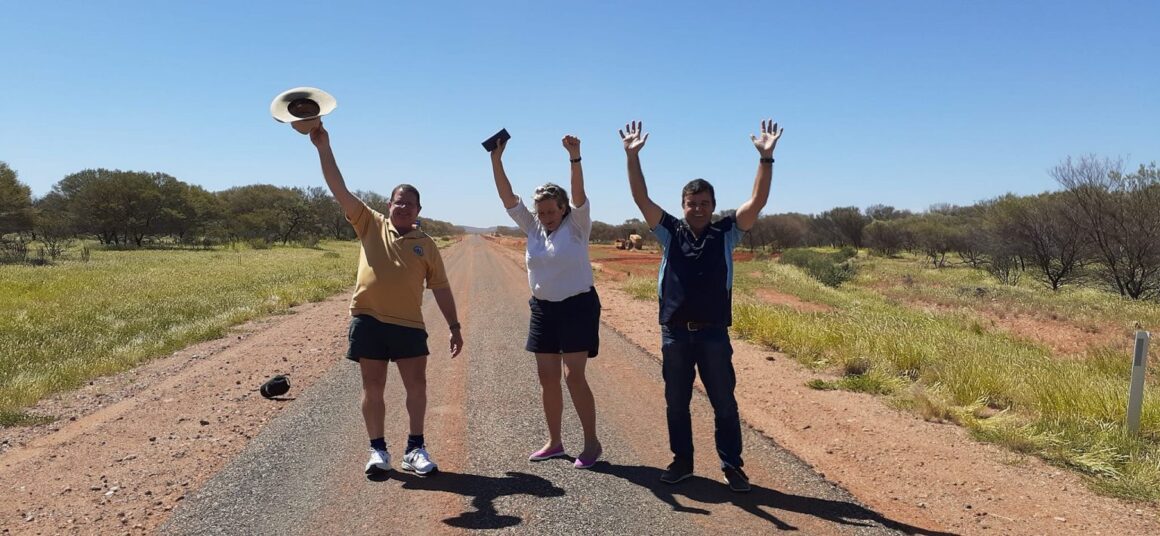
The Balance
This is the trade-off we face with progress in the bush. On one hand, sealing the Outback Way brings undeniable benefits to locals and opens up incredible destinations to more people. On the other, it chips away at the grit and romance that made it legendary in the first place.
The good news? Australia isn’t short of dirt tracks and remote routes. From the Canning to the Plenty, the Simpson to the Cape, the challenge will always be out there. And in ten years’ time, when the Outback Way is sealed from end to end, it’ll still be an extraordinary road to travel, just different.
Final Word
If you’ve ever dreamt of tackling the Outback Way as it was, now might be the time to do it. Because in another decade, this iconic shortcut across the heart of Australia will be a whole lot smoother, safer, and more accessible, but a whole lot less wild.



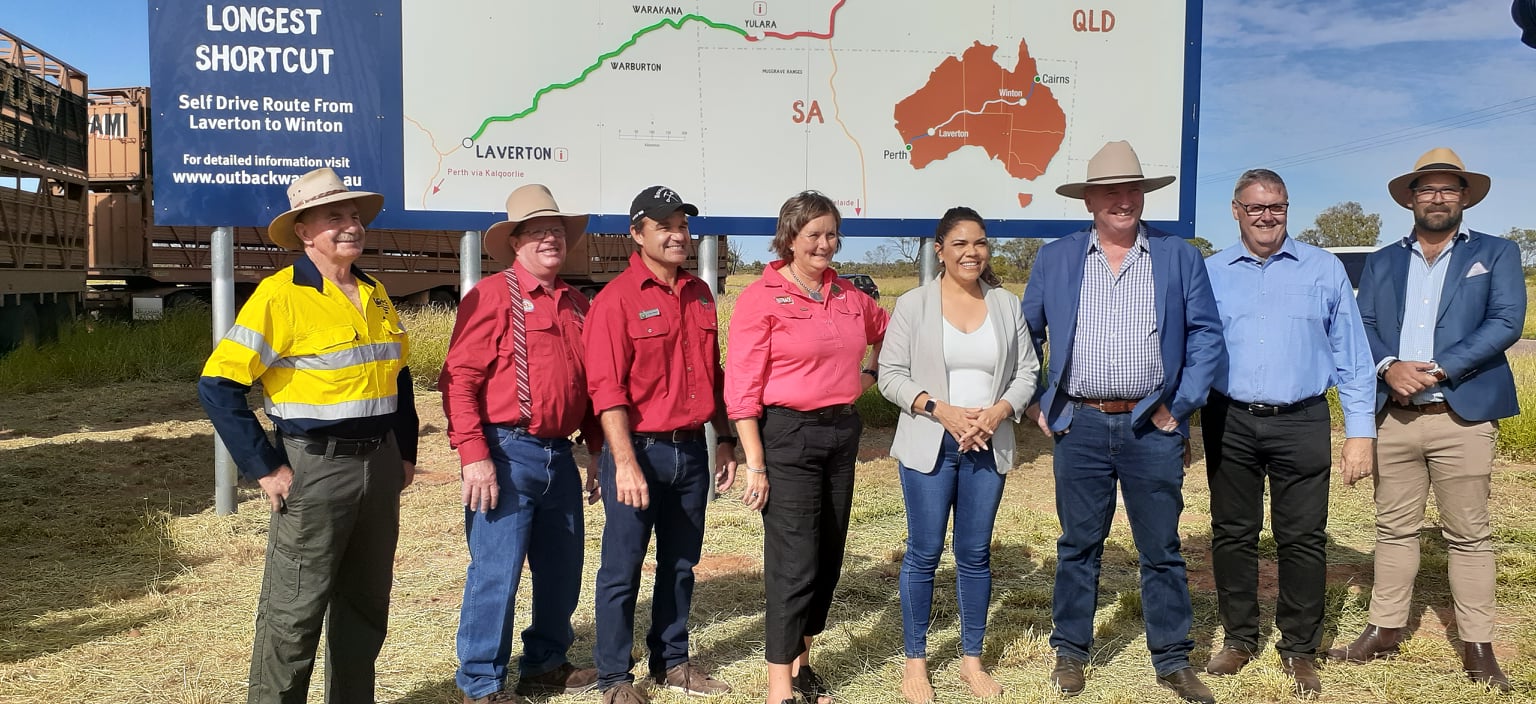
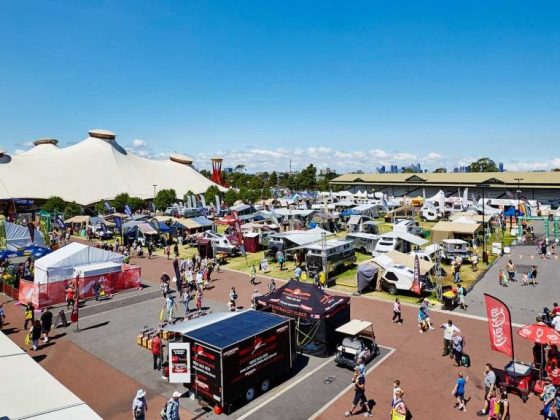
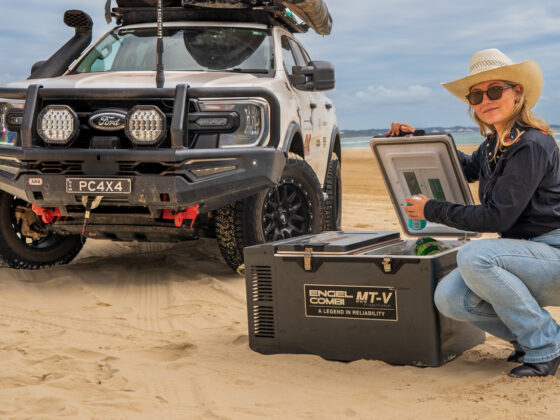





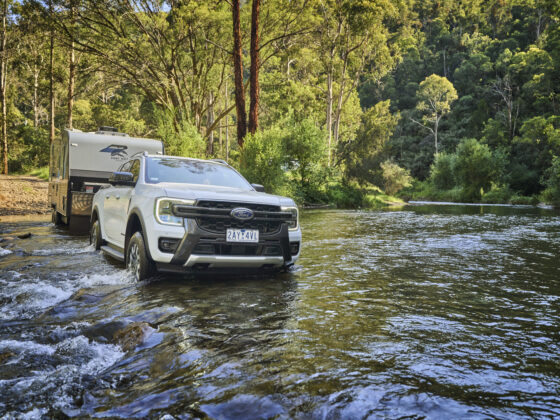


2 comments
While some in the 4WD world may see this as a backward step others my relish the capacity to travel through these remote areas with serious risks to life, limb and one’s vehicle and equipment. I fall into that category even though me and my vehicle/camper are quite capable of dealing with rough, remote conditions – and have over the last 30 years.
More importantly, roads through the bush are there for locals and businesses in these areas and for them to travel safely and securely. It will be a huge benefit for them including far less damage and even less injuries and loss of life.
There is no risk whatsoever of Australia running out rough, tough and remote tracks in any forseable future.
Those that object to progress (like sealing the the Great Central Road), should traverse the route on horse back, not a modern, well sprung, reliable, airconditioned vehicle..